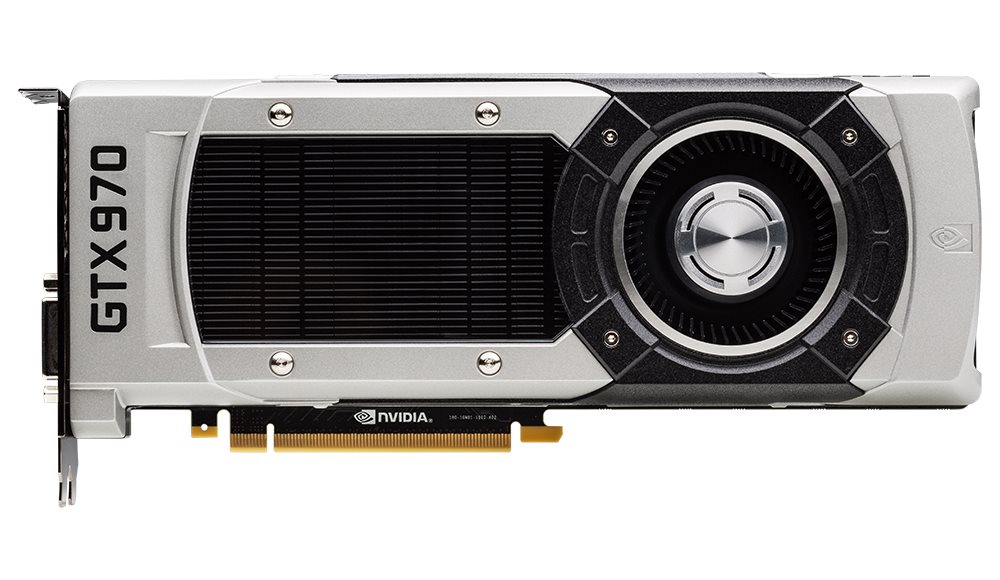Nvidia faces false advertising lawsuit over GTX 970 specs

The GeForce GTX 970 is billed, on the Nvidia website and elsewhere, as having 4GB of GDDR5 VRAM. But this RAM is not available as one solid chunk: As we explained last month, that RAM is broken down into two separate segments, 3.5GB of GDDR5 and a separate 500MB that runs significantly slower. Testing has shown that for some games, this subdivision can result in performance issues; for Nvidia, it's also resulted in a class action lawsuit.
The suit, filed earlier this month, alleges that the 500MB segment of VRAM runs 80 percent slower than the 3.5GB of actual GDDR5, and that the card has fewer ROPs, or render output units, and less L2 cache than advertised (this is the biggest issue, as the data listed in the GTX 970 reviewer's guide incorrectly stated the ROPs and L2 cache numbers). Furthermore, Nvidia's Senior Vice-President of GPU Engineering Jonah Alben has acknowledged these shortcomings.
"Based on the above, Plaintiff and the Class were sold products that do not perform or possess the capabilities advertised and represented," the suit states. "As such, they should be provided appropriate relief, as all consumers who purchased a GTX 970 device have been injured by Defendants' wrongful conduct, as they did not receive the product they paid for in terms of possessing the characteristics set forth above."
That relief, as is the way with lawsuits, includes an injunction against Nvidia's false claims about the device, a "corrective advertising or full refund campaign," legal fees, and of course restitution and disgorgement of profits.
According to Anandtech, Nvidia's technical marketing team wasn't aware of the device's specific limitations when it created the reviewer's guide, and the error managed to slip through various layers of oversight at Nvidia before making it out to the press and public. Again, the GTX 970 does have 4GB of GDDR5 VRAM, but the fewer ROPs (56, as opposed to 64) and smaller L2 cache (1792kb as opposed to 2048kb) affect the way the card can access that last 500MB chunk of VRAM, as we explained in January. Misstating those specs is what now has Nvidia in hot water.
As Anandtech points out in the article linked above, it would be "incredibly stupid" of Nvidia to intentionally publish misleading specs. "If not by this memory allocation issue then other factors would have ultimately brought these incorrect specifications to light," it wrote, "so NVIDIA would have never been able to keep [an intentional deception] under wraps for long."
The biggest gaming news, reviews and hardware deals
Keep up to date with the most important stories and the best deals, as picked by the PC Gamer team.

Andy has been gaming on PCs from the very beginning, starting as a youngster with text adventures and primitive action games on a cassette-based TRS80. From there he graduated to the glory days of Sierra Online adventures and Microprose sims, ran a local BBS, learned how to build PCs, and developed a longstanding love of RPGs, immersive sims, and shooters. He began writing videogame news in 2007 for The Escapist and somehow managed to avoid getting fired until 2014, when he joined the storied ranks of PC Gamer. He covers all aspects of the industry, from new game announcements and patch notes to legal disputes, Twitch beefs, esports, and Henry Cavill. Lots of Henry Cavill.

